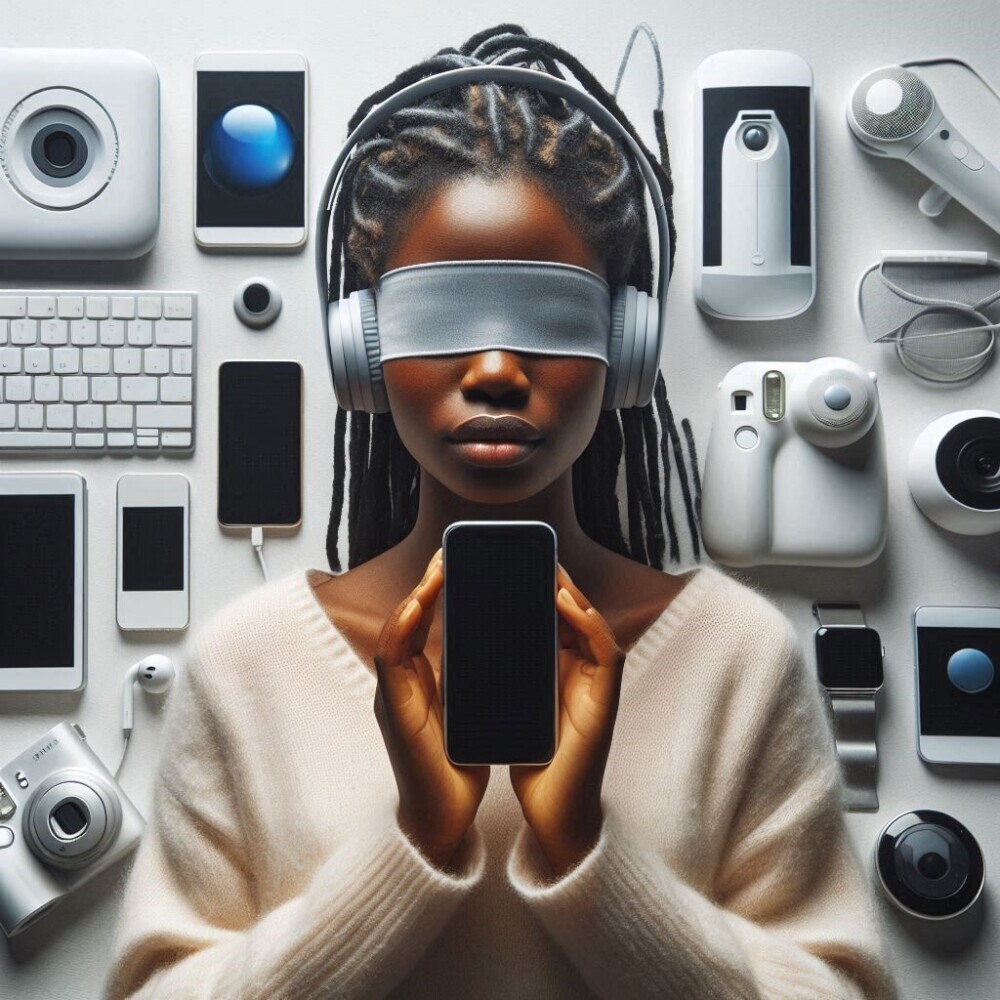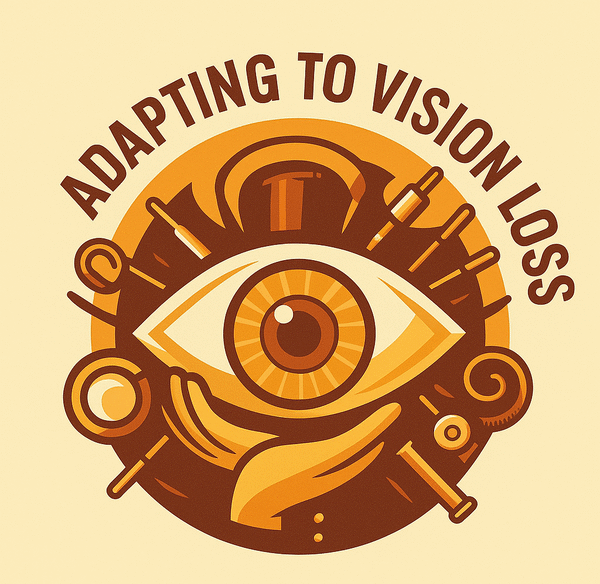
Life-Changing Innovations
For those of us navigating vision loss, advancements in technology are more than just conveniences—they are lifelines. In 2025, technology is breaking barriers in ways that are truly life-changing, offering solutions that enhance independence and quality of life. From wearable devices to artificial intelligence, these innovations are creating a more accessible world for millions of visually impaired individuals.
Here, we explore ten groundbreaking technologies and their potential to revolutionize life with vision loss.
1. Smart Contact Lenses
Imagine wearing contact lenses that can adjust focus, enhance magnification, or even display augmented reality overlays. Companies like Mojo Vision are developing prototypes that provide real-time data and magnification for people with low vision. These lenses promise greater mobility and a seamless experience.
For individuals with macular degeneration, smart contact lenses could be transformative. By enhancing magnification and compensating for central vision loss, these lenses may help users see details more clearly and navigate their surroundings with greater ease. While still in the prototype phase, their potential to improve quality of life for those with macular degeneration is immense.
2. AI-Powered Apps
AI is driving a new generation of accessibility apps. Tools like Seeing AI and Envision AI use your smartphone’s camera to narrate your surroundings, read text, and even recognize faces. In 2025, expect advancements in real-time scene detection and expanded language capabilities.
Learn more about Seeing AI by Microsoft
3. Wearable Navigation Devices
Wearable technology is transforming how we navigate the world. Devices like OrCam MyEye and WeWALK smart canes offer features like obstacle detection, GPS navigation, and even object recognition. These tools are invaluable for increasing confidence in unfamiliar environments.
Discover the WeWALK Smart Cane
4. Advanced Screen Readers
Screen readers have been a cornerstone of accessibility for years, but the integration of AI is taking them to new heights. Tools like JAWS and NVDA are incorporating advanced text-to-speech capabilities, better web navigation, and improved compatibility with modern software.
Explore JAWS Screen Reader by Freedom Scientific
5. Augmented Reality Glasses
Augmented reality (AR) glasses are pushing the boundaries of what’s possible. Devices like eSight and IrisVision enable people with low vision to see clearer images, enhance text, and magnify distant objects. These tools are especially helpful for tasks like reading signs or watching performances.
Visit IrisVision’s Official Website
6. Haptic Feedback Navigation Tools
Haptic feedback is revolutionizing how visually impaired individuals navigate public spaces. Devices like the Sunu Band provide gentle vibrations to guide users, offering spatial awareness without relying solely on audio cues.
Learn more about the Sunu Band
7. Voice-Activated Smart Home Systems
Smart home systems like Amazon Alexa, Google Home, and Apple HomeKit are becoming more accessible and intuitive. These devices can control lights, appliances, and even security systems using voice commands, enabling greater independence at home.
Explore Amazon Alexa’s Accessibility Features
8. Real-Time Braille Displays
For those who use Braille, portable devices like the Orbit Reader are becoming more sophisticated. Newer models can connect wirelessly to smartphones and laptops, offering seamless access to text in real time.
Learn about Orbit Research Braille Displays
9. AI-Powered Voice Descriptions
Advancements in artificial intelligence are making voice descriptions more detailed and accessible. This technology is being integrated into media platforms, enabling visually impaired users to enjoy movies, TV shows, and online content with rich audio descriptions.
10. Personalized Accessibility Apps
Customization is the future of accessibility. Apps like Be My Eyes now include corporate partnerships that allow users to get real-time assistance from companies like Microsoft and Google. These tailored solutions ensure help is always just a tap away.
Conclusion
2025 is shaping up to be a monumental year for accessibility innovation. These technologies are not just improving lives; they are empowering individuals with vision loss to live more independently and confidently. Whether you’re exploring wearable devices, leveraging AI-powered apps, or enhancing your home with smart tech, the future is brighter than ever.
Have you tried any of these technologies? Share your experiences in the comments or explore more on our website for resources and reviews tailored to the visually impaired community.
